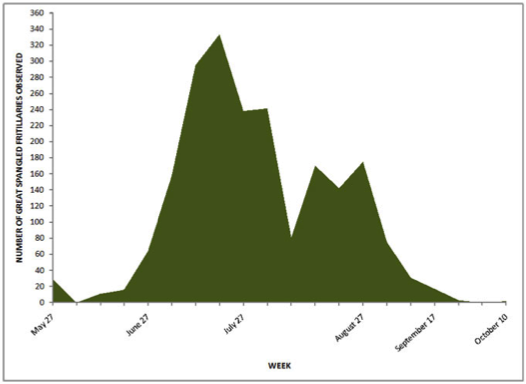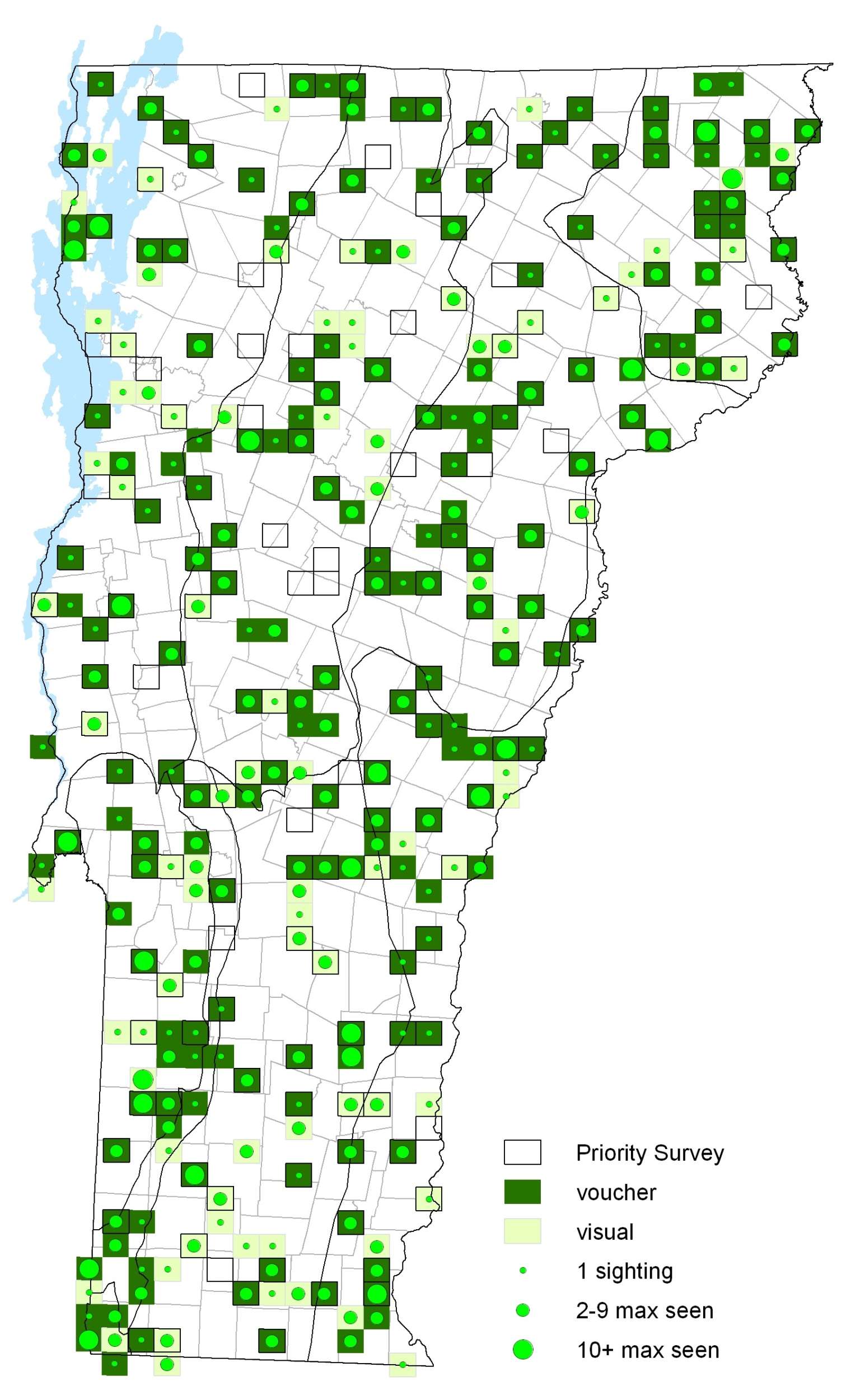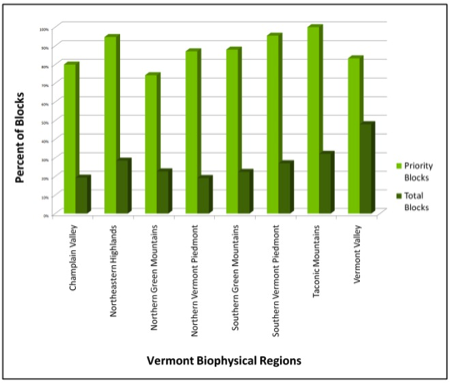|
Resident Conservation Status North American Range |
The largest greater fritillary in the region, it is often seen nectaring milkweed patches in old fields and meadows during the summer. Like other Speyeria, males eclose earlier than females and vigorously patrol for mates. Females probably enter reproductive diapause in mid summer, becoming active again in late August. Individuals in the late summer and fall are usually females.
Identification
The largest of Vermont’s Fritillaries. Upperside of male tan to orange with black scales on forewing veins; female tawny, darker than male. Underside of hindwing with wide, pale submarginal band and large silver spots.
Flight
A single flight period. Late July/early August decline in numbers probably signals period of female estivation. Extreme dates: 27 May 2003 in Grand Isle (D. Hoag) and 10 October 2003 in Norwich (C. Rimmer).
Distribution and Habitat
Scudder (1889) considered the Great Spangled Fritillary to be, “uncommon…in the northern half of New England…”. During VBS it was commonly recorded across Vermont. Hostplants are violets (Viola), both wild and cultivated. Over 20 species of plants reported as nectar sources during VBS, with Joe Pye Weed (Eupatorium purpureum) and milkweed (Asclepias) most frequent.







